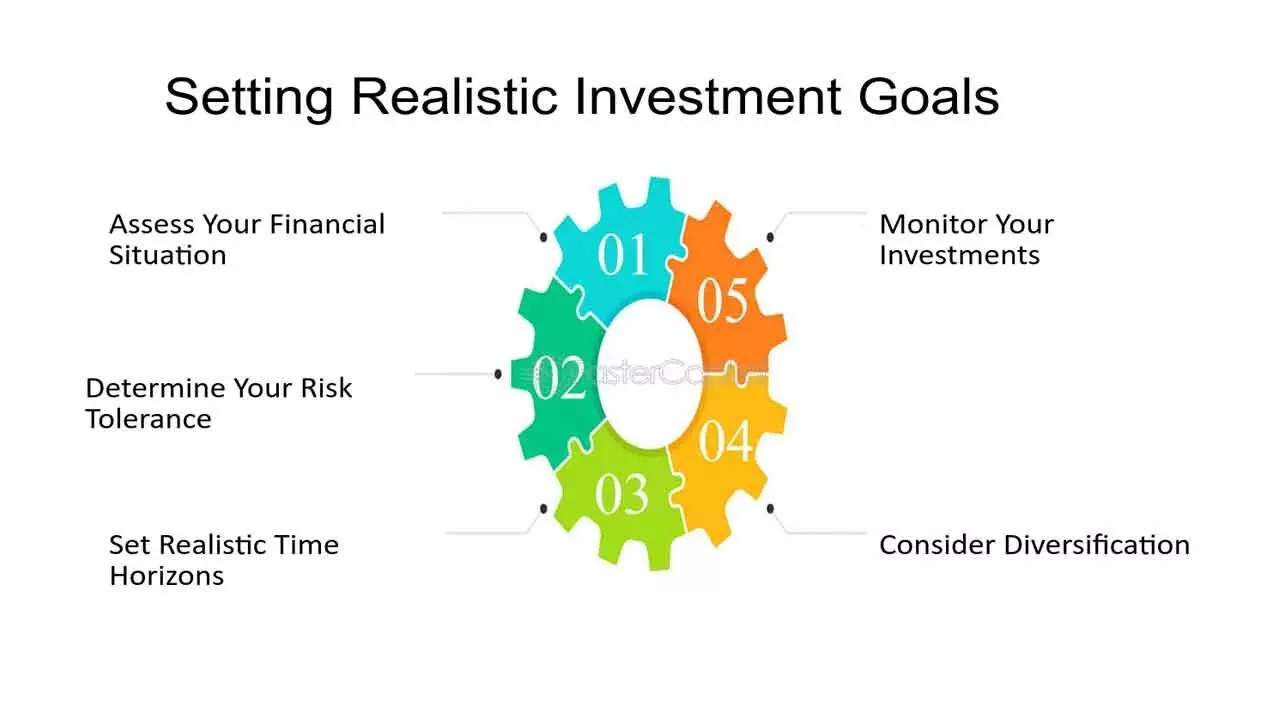An Eye On Goals, Timelines And Risk Appetite Will Ensure Better Returns For Investors
An Eye On Goals, Timelines And Risk Appetite Will Ensure Better Returns For Investors

Investing is never a linear and unidirectional experience. The vagaries of markets and their dynamics continuously test the investor’s resolve. That is why a clear purpose and process are to be defined while investing.
In this journey, one can come across so many distractions that it could impede the vision or the purpose we initially set out for. Much of these arise from the information that’s now is available abundantly. At times, we’re bombarded by too much of this and that could impair our judgements.
The last few weeks, there has been unremitting onslaught of the outflow of capital by the Foreign Institutional Investors (FIIs) from our equity markets. Initially, it was attributed to the geopolitical instability, policy changes in China, higher valuations, the political leadership change in the US and now to the slowing of Indian corporate prospects. Each of them could be very valid, even while there are also other reasons that contribute or accelerate this trend.
If we were to look back by a year, we will find that the narrative was filled with the decadal opportunity in India, some characterising not just the next decade but also that this century belongs to Indian economic growth, thanks to its geopolitical advantage and the continuity of its political leadership.
If these were the primary reasons for initiating investments then the potential investor would be staring at disappointment. But if the goal and rationale to invest in the equity markets are different and in-line with their timelines and risk appetite, then probably they need not be in too much of a bother or concern.
There’s too much of news, err noise, around the current outflows, which entails that investors should be judicious to discount them. The broader equity index is down by about 10 percent from their recent peak, which means a lot higher correction among the index constituents.
But the same noise was resonating about higher unsustainable valuations of each of these companies in the last few months. So, this could be a healthy correction, which cuts the flab and possibly remain subdued for an extended period that is till the valuations turn attractive.
If we were to cut through this noise, yes, there’s substantial outflow by the FIIs but it would be just a miniscule 0.5 per cent of the market cap. One must realise that Indian markets have witnessed much worse drawdowns due to FII withdrawals in the past.
During the Great Financial Crisis (GFC) or the Covid pandemic or even during the inflationary bout (November 2021 to July2022), the erosion was much higher. The FII ownership had reduced during those events from 16per cent to 13.2per cent in ’08; 21.2 to 19.8per centamid Covid crisis and 20.5 to 18.1per cent, respectively. Of course, the activity hasn’t only just begun and not yet seized with the ownership standing at 18.3per centon the onset of this selling, as per WhiteOak Capital Mutual Fund house.
And as I mentioned earlier, the individual stocks and sectors have shed much higher levels than the broader market indices. Particularly, those sectors and stocks which were riding high during the earlier narrative were the first and hardest to be hit. The defense index has reduced by more than a quarter from its peak valuation while IT taking only a small cut (about two per cent) as a sectoral index. The other flying sectors like PSU banks, public sector enterprises, realty and oil and gas have wiped substantial valuations with huge corrections in their respective stocks ranging from one-fifth to one-sixth from their peak valuations.
Despite the onslaught, the domestic flows remained resilient trying to counter the outflows. While the outflow quantum looks higher, they still form a relatively smaller component from the overall market capitalisation. Moreover, if one were to look at history, the instances I have mentioned, the one-year returns have been healthy, including that of the GFC.
The bounce has been equally sharper though over the long run, both the falls and rises revert to generate healthy returns to the investors.
My advice is that rather than getting influenced by the flowing narrative, investors should keep their eye on their goals, timelines and risk appetite to achieve better risk adjusted returns in their portfolios.
(The author is co-founder of “Wealocity”, a wealth management firm, and can be reached at [email protected])

